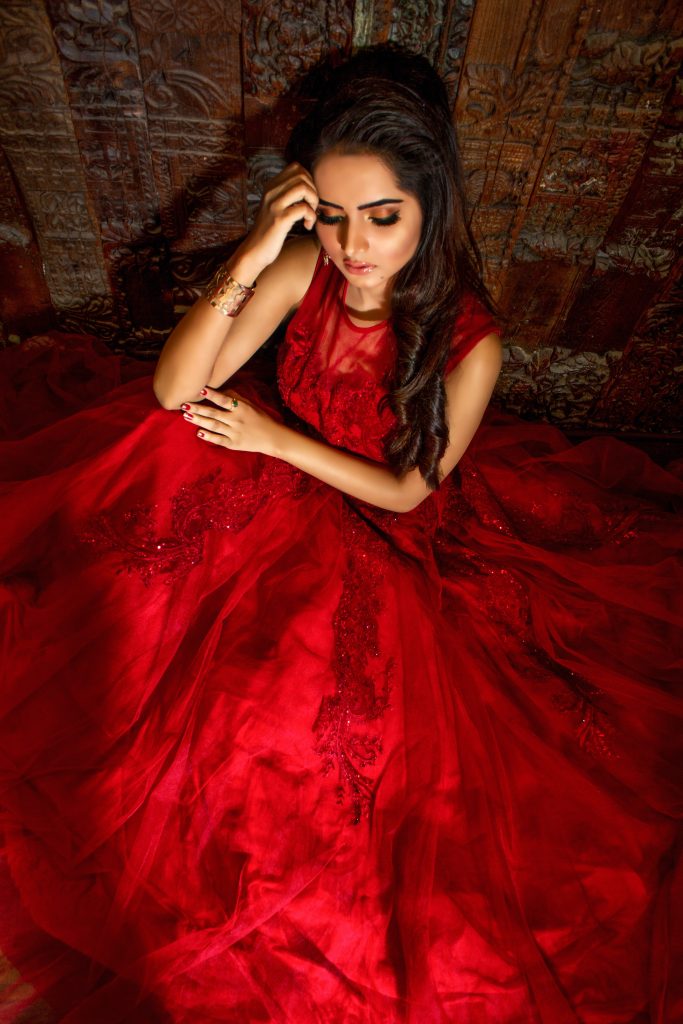
The magic of cinema lies not only in its storytelling but also in its ability to transport us to different eras, worlds, and even dimensions. One crucial element that contributes to this cinematic magic is the costumes worn by the characters. From iconic gowns to everyday attire, fashion in film has the power to captivate, inspire, and even set trends. In this article, we will delve into the world of fashion in film, exploring the costumes that have left an indelible mark on the silver screen.
The silent film era, dating back to the late 19th century and early 20th century, marked the birth of cinema. During this time, costume designers faced unique challenges as they needed to convey character emotions and traits without the use of dialogue. Visit our website : https://antisocialsocialclubofficial.store/
One of the most iconic characters of this era was Charlie Chaplin’s Tramp. His bowler hat, oversized shoes, and ill-fitting suit became synonymous with comedy and resilience. The Tramp’s costume conveyed poverty and resourcefulness, making it instantly recognizable.
The 1930s and 1940s saw the rise of Hollywood’s Golden Age, characterized by opulent glamour and elegance. Costume designers like Edith Head and Adrian became legends in their own right.
In “The Wizard of Oz,” Judy Garland’s ruby slippers stole the show. These sparkling red shoes not only carried Dorothy through her magical journey but also became a symbol of empowerment and home.
The 1960s brought a cultural revolution, and fashion in film reflected the changing times. Mini-skirts, bold patterns, and unconventional attire became the norm.
Audrey Hepburn’s little black dress in “Breakfast at Tiffany’s” epitomized sophistication and style. Designed by Hubert de Givenchy, this dress became a timeless fashion statement.
Science fiction films introduced us to futuristic fashion, pushing the boundaries of creativity. Costumes in films like “Blade Runner” and “Star Wars” showcased imaginative and otherworldly designs.
Princess Leia’s iconic hairstyle in “Star Wars” became instantly recognizable. This unique and unconventional look added depth to her character and influenced pop culture.
Modern cinema celebrates diversity and authenticity. Costume designers strive for realism, portraying characters from various backgrounds and walks of life.
In “Black Panther,” the vibrant and culturally rich costumes of Wakanda were a celebration of African heritage. They not only enhanced the film’s visual appeal but also promoted cultural pride.
Fashion in film is a dynamic and ever-evolving aspect of the cinematic experience. From the silent era to contemporary cinema, costumes have played a pivotal role in storytelling and character development. These iconic outfits have left an indelible mark on both the silver screen and the fashion industry.